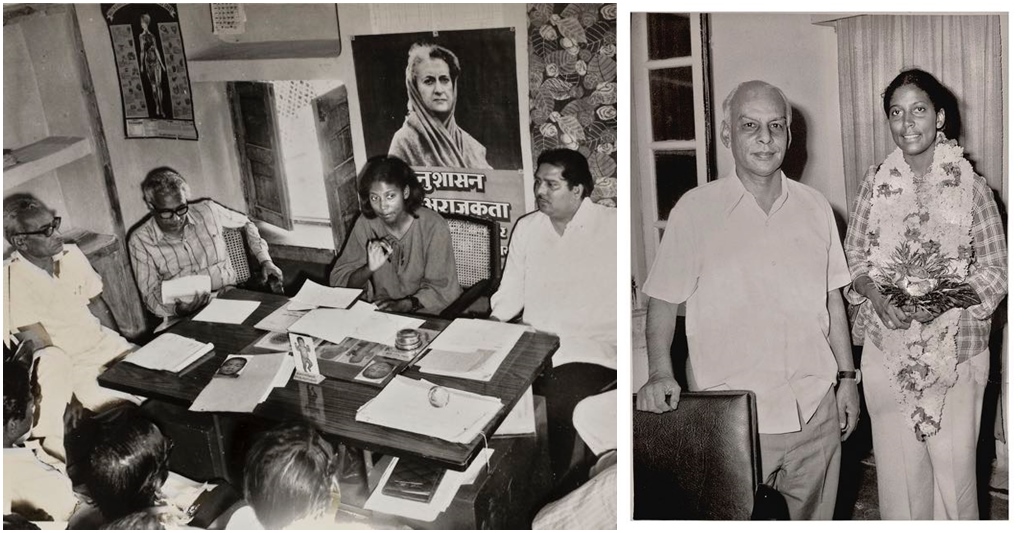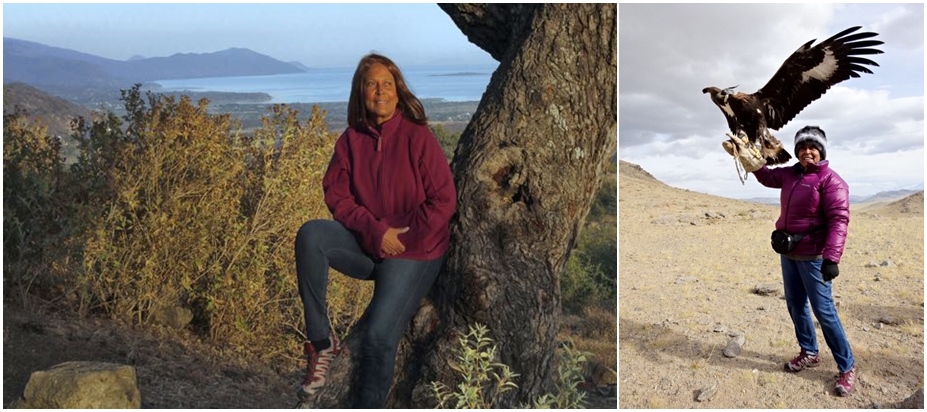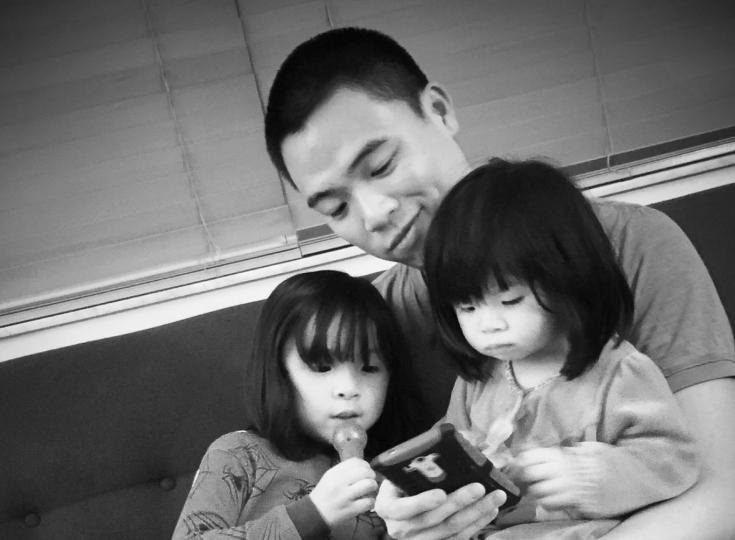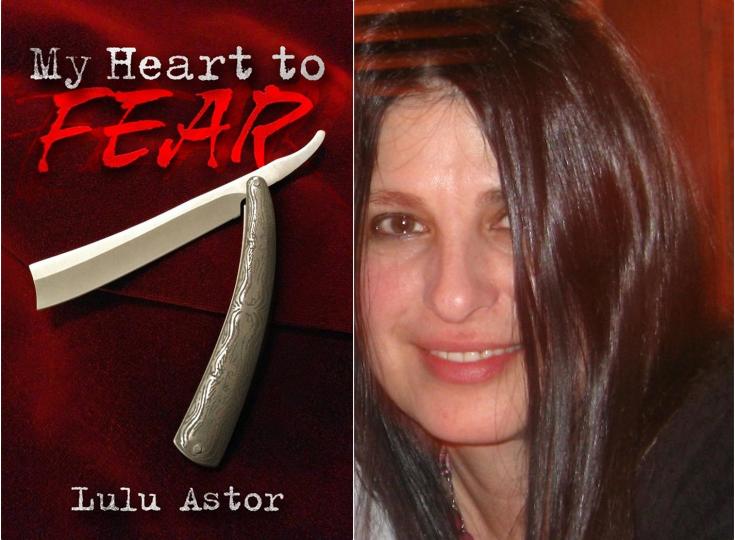Cornelia E Davis - Eradicating Smallpox in India

As a junior doctor the World Health Organization (WHO) offered Connie a fluke opportunity to eradicate a deadly disease in India—smallpox. It changed her life. As our Author of the Day, Connie tells us all about her experience and the memoir she wrote about it.
Please give us a short introduction to what Searching for Sitala Mata is about.
Searching for Sitala Mata, Eradicating Smallpox in India recounts the two years (1975-77) that Dr. Cornelia Davis worked in India with the World Health Organization (WHO) to eradicate a deadly disease. Connie Davis had just finished her pediatric residency in Los Angeles and wanted to work for one year in humanitarian work before starting a clinical practice. She was offered a chance opportunity to work on smallpox eradication in a very rural and traditional area in the northern part of the State of West Bengal in India. Connie immediately faced the constraints of the caste system and sexism when assigned as team leader to her male team consisting of a Muslim driver and Hindu nurse. According to the caste system a woman could not work in close contact with unrelated males. Technically she couldn’t even eat with them, and the Muslim and Hindu males also did not eat with each other. The memoir relates how she fought against these practices, crossed the international border to determine if smallpox was in an adjourning village, did containment procedures to keep smallpox from re-entering India, negotiated with smugglers, led searches on camelback to search out smallpox among the nomads, among other adventures. Eventually, India was able to declare herself free of smallpox. To date, smallpox is the only disease that has been eradicated worldwide.
What inspired you to write this book now?
In the last years of the smallpox eradication effort, WHO hired junior doctors to place in isolated areas that were having difficulties. It took a special combination of improved vaccine, a new needle, intense tracking down of rash and fever cases to detect if it was smallpox, and special containment procedures to control outbreaks. It was an intense effort working closely with Indian national workers to eradicate a disease that most felt was impossible to do. When I retired a number of the key senior medical staff were dying off, and I wanted to recount, before they died, how the fieldwork was accomplished, and the hardships undertaken by the smallpox teams in order to bring about success.
How hard was it for you to navigate cultural differences, sexism and caste taboos in order to reach your goal?
India was very different culture from the United States of America. And as an African American woman doctor I faced significant obstacles. In those days it just was unheard of for a woman doctor to be in a mobile team with no fixed lodging. Although American, I looked Indian, and the government initially thought I might be a CIA spy! I had to learn Hindi, and to work within the system. I think sexism was the hardest part of my job. Indians thought that a woman’s place was in the home. All the smallpox workers were male. I had to encourage all the workers in the health system to search for cases. Some District Medical Officers were difficult to work with but you had a goal to achieve. Fortunately, the program was a priority for the government. As the WHO epidemiologist I had a jeep, I set my own agenda, and I had sufficient resources to pay for fuel, for staff per diems and to hire smallpox workers to get the work done.
What, would you say, was the most memorable moment you had in India?
Actually, this was not recounted in the memoir but working in Public Health at the community level is very different from working in a clinic with your individual patients and saving them. So when my team did containment procedures around three villages to keep smallpox from re-entering into India from Bangladesh, we worked hard to vaccinate every single person in the villages. And smallpox did not re-enter! After the work was done my team had to move on to another area. After several weeks my team got word that the villages wanted to invite us to return to celebrate escaping infection. It still seems incredible how they got word to us (passed via the smallpox workers) to invite us to return at the end of the month for the celebration. I was touched that they appreciated the effort to keep them safe.

Besides writing, what other secret skills do you have?
Well I really like horseback riding and I had several occasions to ride in India. I got to be a good camel rider also when I was transferred to Rajasthan. I also like acting and in retirement I had roles in several plays in the community theater in the Lake Chapala area of Mexico. Just recently I was in Fiddler on the Roof in February 2018.
Smallpox is the only disease today that has been completely wiped out. How do you feel about having played a role in achieving this?
It was such a special program and I think that all of us young doctors realized what a great feat it would be if we could eradicate it. So we were very passionate about getting the job done. When we were down to the last cases there was this excitement. And when the certification team came to India to evaluate the work and then declare India free of smallpox it was the most amazing feeling to hear those words and to be in Delhi at the conference. I felt honored to be a part of the program. It was an incredible achievement.
Readers say that although this is a memoir, it reads like a novel. How did you pull this off?
I didn’t want the memoir to be this boring, scientific paper that you read in a journal. So when I started writing I imagined that I was sitting at the dinner table with a group of close friends and just recounting the adventures that I had. The hardest part was getting used to writing directly on the computer since when I wrote scientific articles I always started on a yellow legal pad and hand wrote the articles first.
Did living and traveling through India bring any health risks to you?
Surprising, I was only really desperately ill one time and that was from drinking water from a thermos in my hotel in Calcutta that said “Boiled Water”. I came back to my room unexpectedly one day to see the room boy filling the thermos from the tub faucet! I developed a bad case of Shigella diarrhea and lost 15 pounds in three days. But after that episode I never had diarrhea again in India. I took malaria prevention pills and never came down with malaria or TB!
In your book you describe a time without cell phones, the Internet or even reliable phones... how did you cope back then??
It always surprised me how in the remotest areas people were able to find me and give me messages. At the start of the week I would leave my intended itinerary with the District Medical Officer. They would pass messages through the smallpox workers. Since a solo woman doctor was such “an event”, it replaced having TV and radios by the villagers, the officers in Administration or the Police would hear where I had been, what I had said. I was like a “celebrity” and followed and stared at. I didn’t appreciate that part, but everyone would know if I had passed that way.
Apart from India, you also battled disease outbreaks in Africa and Asia in twenty countries. Are you planning on writing about those experiences soon?
YES! I have so many tales of adventurers that folks would say- “that’s got to be made up!” But it’s not. I am currently almost finished in writing my 2nd book about my three years in Ethiopia. It’s about how a civil war (1990-92) and epidemics led me to my daughter, who I adopted from Ethiopia. This memoir is a cliffhanger!

Tell us about your writing habits - favorite writing spot, pen or computer, how do you make time to write?
I retired to Mexico and live in the Lake Chapala area, which is close to Guadalajara. The elevation is around 5500 ft. and it has a temperate climate. I can hike in the mountains surrounding the Lake. I have an antique writing desk that I picked up in India (during my second posting to the country, twenty years after smallpox). And here I sit at the desk and type out stories on my Apple laptop. It is hard to find time but I have to make a schedule and I try and write for three hours in the morning. But life intervenes.
Where can our readers discover more of your work or interact with you?
I’d love for your readers to contact me in the following ways:
Email: [email protected]
Author website: www.CorneliaEDavisMD.com
Facebook: www.Facebook.com/CorneliaEDavisMD
I would really appreciate your readers leaving an honest review of the book on Amazon. And I hope to get the next book out by the end of 2018.



